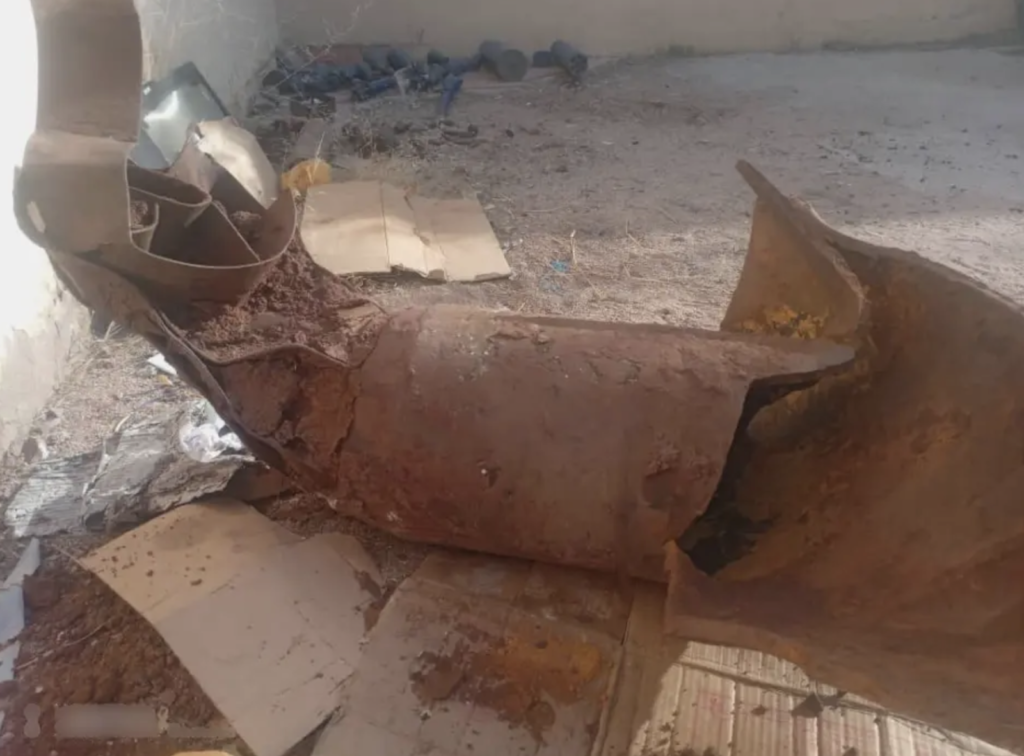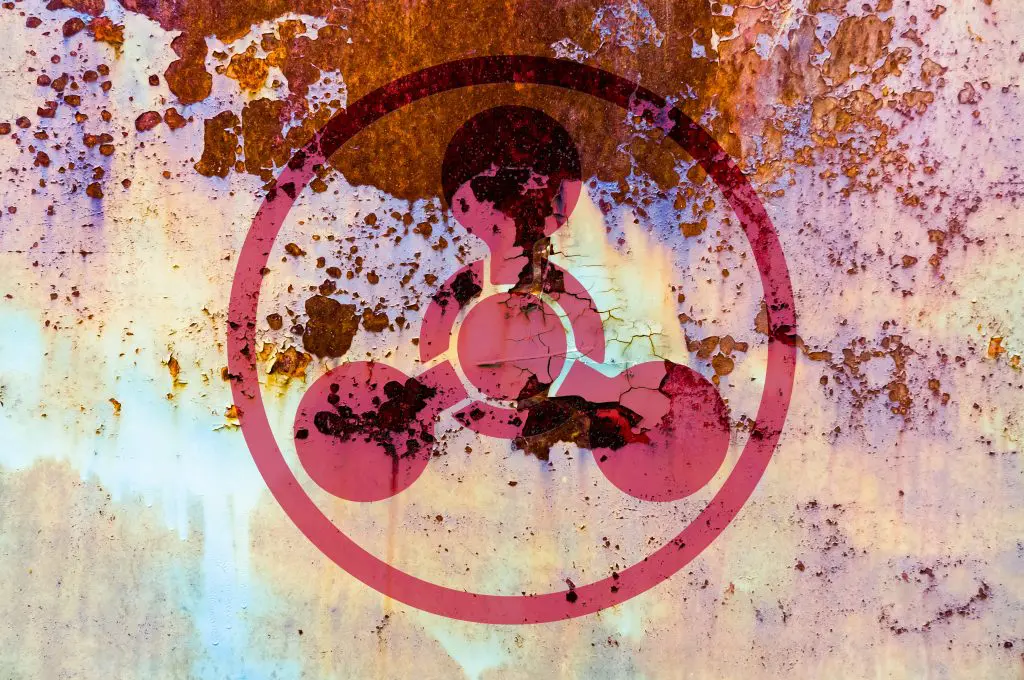The investigation reveals compelling evidence and eyewitness accounts suggesting the use of chemical weapons by the Sudanese Armed Forces during the ongoing conflict with the Rapid Support Forces. A suspected chemical attack in Omdurman in May 2025 caused severe skin burns and respiratory issues among both soldiers and civilians. Experts believe the symptoms resemble exposure to blister agents like mustard gas. Additional evidence points to similar attacks in Nyala using unguided aerial bombs. Despite official denials, the Sudanese military has formed an investigative committee, while international bodies like Human Rights Watch and Amnesty International are calling for urgent independent investigations. The case raises serious concerns about violations of international law and the safety of civilians in conflict zones.
Stockholm, Sweden
In one of the neighborhoods of Omdurman, once a refuge for those fleeing the war everything changed in an instant. The usual sounds of shelling faded, replaced by heavy silence, broken only by whispers of a “strange smell in the air” and “burns appearing without fire.” This was not mere fear. In the days that followed, unusual symptoms began to manifest among both civilians and soldiers: skin burns, choking, and rapidly spreading rashes.
Amid this mystery, a more terrifying scenario began to take shape: Had one of the conflict parties resorted to using internationally prohibited chemical weapons?
This investigation, based on exclusive photographs, field testimonies, medical documents, and analyses by international experts, recounts how Omdurman became a suspected site of a potential war crime. We relay the details of a mysterious incident in which a military officer sustained skin injuries “resembling those caused by caustic substances,” according to a medical source, and we unravel the link between this incident and the outbreak of epidemics in neighboring areas.
In this report, we ask questions that have yet to be answered: What really happened in Omdurman? Who is responsible? And will the world once again stand by as another prohibition is violated this time by employing chemical weapons?
Incident Details
On the evening of May 19, 2025, an officer in the Sudanese army was rushed to a field military hospital in Omdurman after sustaining injuries during clashes near Al-Abbasiya. His wounds were not ordinary. Images reviewed by independent field investigation teams and later corroborated by a Médecins Sans Frontières (Doctors Without Borders) physician show extensive skin burns and an unusual peeling of skin layers, with no shrapnel marks or nearby explosion remnants.
A medical source at the hospital, who requested anonymity for security reasons, said:
“The injury does not resemble anything we’ve seen before. The skin is peeling as if exposed to a caustic substance, and his breathing was severely compromised, even without any direct chest or head trauma.”
Images show extensive skin burns and unusual peeling of skin layers. (Exclusive)
Scientific Evidence and Field Analysis
Forensic toxicology experts who examined the pictures and medical reports pointed to a high likelihood of exposure to blister agents or nerve-affecting chemicals, such as mustard gas or phosgene derivatives.
“The dermatological symptoms and severe respiratory inflammation do not match traditional bomb or munition injuries. They align more closely with exposure to offensive chemical agents,” said Dr. Franz Schultz, a chemical weapons specialist at the University of Hamburg.
Simultaneously, similar cases were reported among civilians in areas near the incident site, including widespread skin rashes, eye irritation, and acute diarrhea. The World Health Organization noted a sharp rise in cholera cases in Khartoum and Omdurman during the same period, suggesting potential water or air contamination.
Field Testimonies
Umm Yousif (a pseudonym used at her request for protection), a displaced person from Al-Abbasiya, recounted in an audio recording sent to the investigation team:
“We smelled something unnatural, and later that night everyone started scratching their bodies, and the children struggled to breathe. We heard that one of the soldiers collapsed, and they couldn’t treat him.”
The vast majority of survivors reported that the smoke released following a bomb or rocket explosion changed color between five and twenty minutes after detonation. Most witnesses described it as extremely dark initially, then turning lighter. Every survivor who remained alive said the smoke’s smell was deadly.
Other local residents consistently described a “pungent, sticky” odor, and symptoms that appeared minutes after shelling, such as dizziness, headaches, and eye irritation.
“The reported symptoms in the Omdurman incident unexplained skin burns without shrapnel wounds, breathing difficulties, and eye irritation indicate possible exposure to chemicals with either nerve-agent or blister-agent properties, such as mustard gas or phosgene derivatives,” said a former chemical weapons expert at the Organisation for the Prohibition of Chemical Weapons (OPCW), who requested anonymity due to procedural constraints associated with his previous membership.
“Even in the absence of direct laboratory tests, recurring clinical symptoms across multiple locations, coupled with consistent field reports, constitute strong indicators necessitating an urgent investigation by an independent, specialized body.”
Human Rights and International Responses
On May 27, Human Rights Watch issued a statement calling for an immediate fact-finding mission to Omdurman, noting “documented suspicion of potential use of prohibited chemicals in civilian areas.”
Amnesty International included the incident in its dossier on “Possible Human Rights Violations in the Sudanese Conflict,” urging activation of the United Nations Human Rights Council’s investigative mechanism in Geneva.
The United Nations, meanwhile, merely called on “all parties to respect international humanitarian law,” without a direct comment on the specific incident. The Sudanese army refused to comment on the images or reported symptoms, dismissing the reports as “misleading propaganda.”
In this context, a number of Sudanese lawyers warned that any delay or international reluctance to launch an urgent investigation could entrench a culture of impunity, paving the way for future violations. They urged United Nations Security Council members to place the issue on the Council’s agenda even as an informal consultation to ensure evidence is not tampered with or politicized.
Violation of International Law?
Sudan ratified the Chemical Weapons Convention in 1999, and the use of any chemical agent as a weapon in armed conflict constitutes a war crime under international law. If these allegations are proven, military leaders could face prosecution before the International Criminal Court.
“Even amid civil wars, the use of chemical weapons is an unequivocal red line. Mere intent or complicity can amount to a crime,” said Dr. Kamal Halwani, an international law expert.
In the same vein, a retired army officer confirmed that Sudanese forces are employing munitions containing lethal gas, referencing video footage that apparently corroborates these claims. Medical and environmental sources also pointed to evidence of air-pollution–related illnesses in Khartoum during the recent period.
Accordingly, Human Rights Watch has called on other nations particularly the European Union to impose sanctions on the Sudanese Air Force leadership, stating:
“Repeated attacks using unguided munitions demonstrate a pattern of recklessness toward civilian lives,” said Jean-Baptiste Galopin, a senior researcher in the organization’s Conflict Division.
He stressed the need to permit international investigators from the ICC and UN fact-finding missions immediate access to Sudan to investigate these “alleged, systematic abuses.”

An image shows a shell labeled as containing gas. (Exclusive)
Systematic Practice or Isolated Incident?
The Omdurman incident does not appear in isolation when viewed within the broader Sudanese conflict. In Nyala, South Darfur, Human Rights Watch documented five airstrikes carried out by the Sudanese army on February 3, 2025, which killed dozens including women and children. The strikes used unguided bombs such as OFAB-250 and FAB on densely populated residential areas like Al-Jumhuriya neighborhood and Congo Street attacks that qualify as “indiscriminate” under international humanitarian law. Photographs and field investigations show widespread destruction, including damage to facilities like Makkah Eye Hospital, amid harrowing accounts of mangled bodies and shattered childhoods.

A photo shared by a resident of Nyala on April 21, 2025, shows remnants of an OFAB-250 aerial bomb found at the site of an airstrike on February 3 near Mecca Eye Hospital in Nyala, South Darfur. (Human Rights Watch).
These facts place the Omdurman incident within an ongoing pattern of widespread or prohibited weapon use against civilians, suggesting that we should seriously consider the possibility of “repeated intent” rather than a mere “isolated event.”
Moreover, despite official denials, Sudan’s army commander, General Abdel Fattah al-Burhan, accused his own forces of carrying out attacks on civilians and using chemical weapons during combat. On May 30, 2025, he issued a decision to form a committee to investigate claims of chemical weapon use by the Sudanese army. The committee comprises representatives from the Ministry of Foreign Affairs, Ministry of Defense, and the General Intelligence Service. The United States, having obtained evidence of chemical weapon use by the Sudanese army during the civil war, imposed sanctions as a result.
<div style=”text-align:center;”> <em>Image published by a Nyala resident on April 21, 2025, showing remnants of an OFAB-250 bomb dropped from the air at a February 3, 2025 airstrike near Makkah Eye Hospital in Nyala, South Darfur. (Human Rights Watch)</em> </div>
Although the Sudanese government asserts that forming this high-level committee is part of its “transparency” and “commitment to international treaties” such as the Chemical Weapons Convention, observers believe that establishing a committee of this caliber may itself indicate the seriousness of the allegations or at least confirm that there is something warranting scrutiny. As one legal expert told the investigation team:
“Governments rarely form investigation committees over claims they consider completely unfounded especially during an ongoing war.”
In a statement issued by the U.S. State Department, the United States “urges the Government of Sudan to refrain from using any chemical weapons and to abide by its commitments under the Chemical Weapons Convention,” which is an international treaty prohibiting the use of such weapons and is signed by most countries worldwide.
The department’s spokesperson, Tammy Bruce, said in a statement:
“The United States is fully committed to holding accountable those responsible for deploying chemical weapons.”
Who Protects Civilians?
From Omdurman to Nyala, a horrifying pattern emerges of escalating use of prohibited and indiscriminate weapons, in the face of the international community’s disturbing silence and unconvincing official denials. The evidence and testimonies converge to show that civilians are no longer “collateral,” but direct targets of a weapons arsenal that does not distinguish between combatant and child, hospital and marketplace.
With each passing day that accountability is delayed, the sense deepens that impunity has become the rule rather than the exception. From chemical weapons in Omdurman to unguided bombs in Nyala, the “silent” crimes continue to unfold without voice or retribution.
The Omdurman incident is not an exception, but a sign of a dangerous slide into a reality where even the air itself can become an instrument of death. Who will halt this descent? Who will guard the bodies of innocents against the poison of war?
Will investigations be opened? Will those responsible be held to account? Or will the “poison in the air” vanish without a trace just as the rights of millions of Sudanese have withered away in the winds of war, silence, and oblivion?

